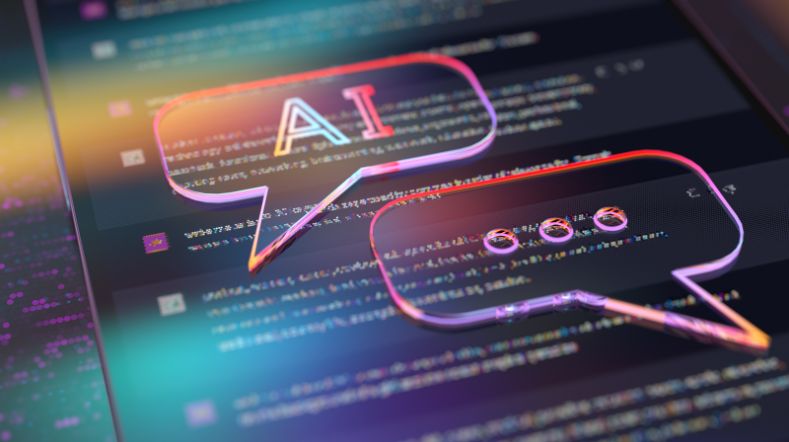
Situational awareness in robot dogs
Some industrial environments are too complex and too dangerous for human inspectors. But not for robots. Disaster zones are a case in point, which is why TNO is developing a robot dog that helps people prevent disasters. But what if a disaster occurs anyway? In that case, the robot can carry out rescue operations autonomously.
Imagine the scene – a huge production site with large tanks containing chemical substances that are not only toxic, but also highly flammable. A leak or too-high pressure could have catastrophic consequences. Continual and meticulous inspections are therefore essential. These are currently carried out by people, but the work itself is very hazardous as there is always a risk of toxic gases escaping or of an explosion taking place.
Robot with artificial intelligence
Imagine the scene – a huge production site with large tanks containing chemical substances that are not only toxic, but also highly flammable. A leak or too-high pressure could have catastrophic consequences. Continual and meticulous inspections are therefore essential. These are currently carried out by people, but the work itself is very hazardous as there is always a risk of toxic gases escaping or of an explosion taking place.
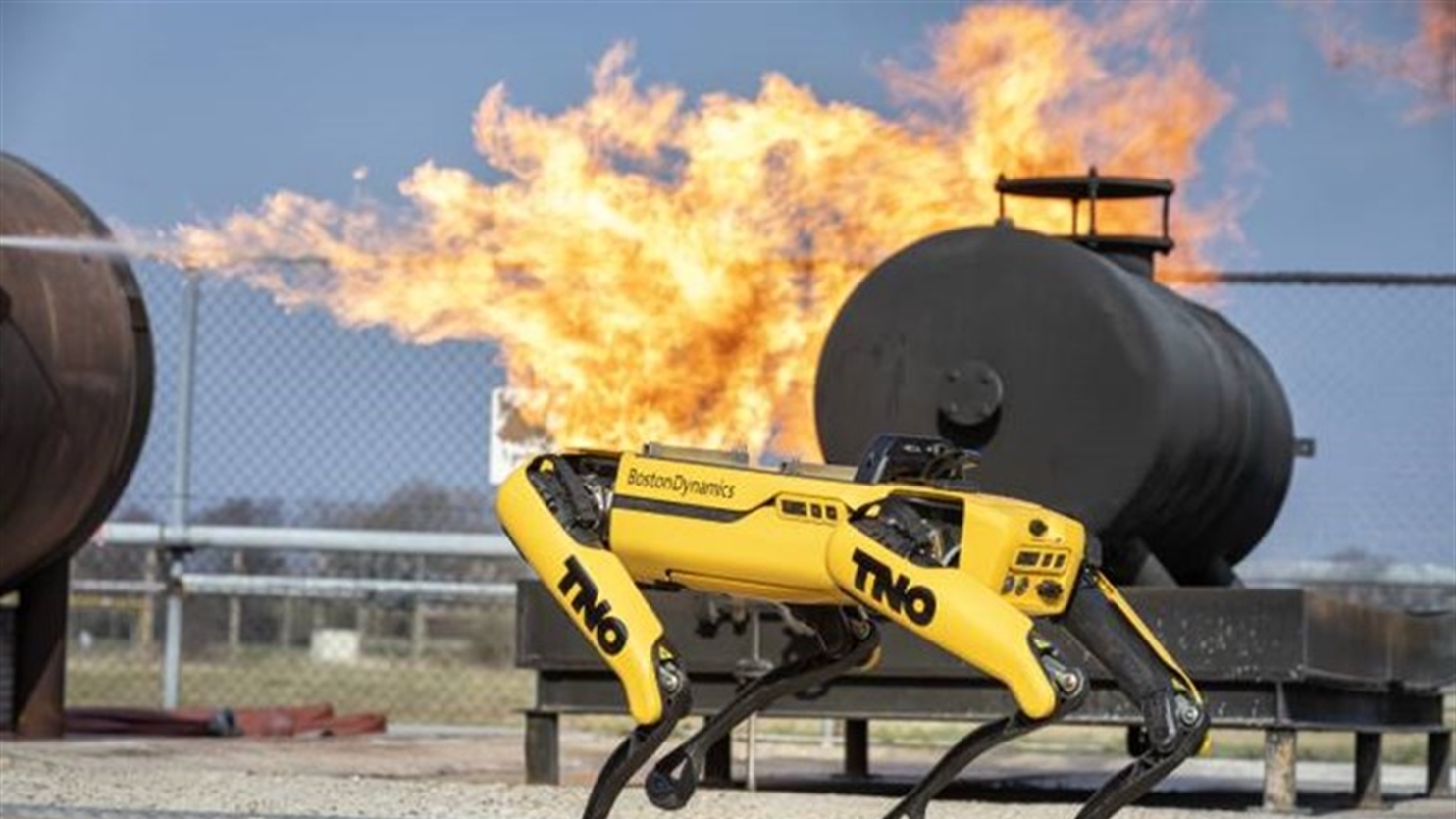
Helping and saving people
But that’s not all. TNO is presently investigating what is needed for deploying the robot dog during rescue operations. In such situations, it will not only be helping people, but actually saving their lives. We are currently developing this intelligence.
Situational awareness during a disaster
For both inspection work and rescue missions alike, it is important that the robot is operational as soon as it is activated. It will have to be able to do its work immediately, autonomously, and intelligently. We refer to this as ‘turnkey intellect’. To actually get a robot to this level, it first has to pass through the following three stages:
- Making plans based on common sense. The robot has to know what situation it is in – that is, it must have situational awareness.
At the same time, it has to be able to make hypotheses, such as whether there is a possible gas leak. It then has to verify its hypotheses according to what it observes in the real world. This means the robot must possess the knowledge that people have so far acquired in relation to hazardous situations. It should also be capable of learning new experiences itself. - Anticipating. In any critical situation, there are so many factors at play that things can evolve at a rapid pace. In such cases, the robot will have to check whether its current plan is still feasible. If it is not, then it must quickly devise a new plan and act accordingly.
- Improvising. What happens if the camera fails during a measuring operation? There would be little point in the robot continuing to work on the basis of visual input. It would have to find other ways of carrying out its work, with the help of sounds or smells, for example.
Monitoring the robots remotely
Once the robot dogs actually start carrying out inspections and rescue operations, people will be able to monitor them remotely. That’s because they will constantly be sending information about their progress. In doing so, the robots will also be stating how far their knowledge and skills are relevant to the situation in which they find themselves.
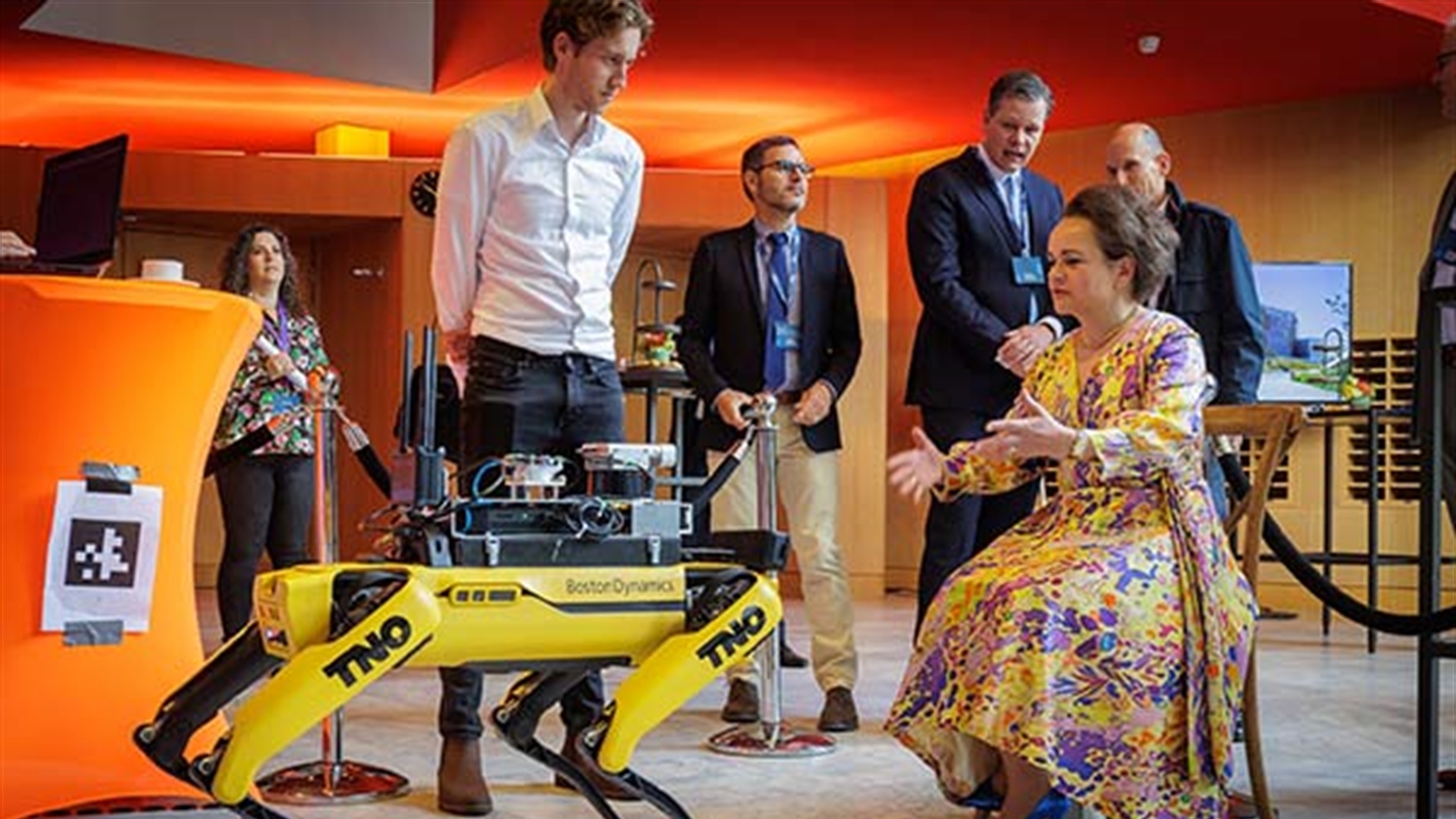
Get inspired
Working on reliable AI
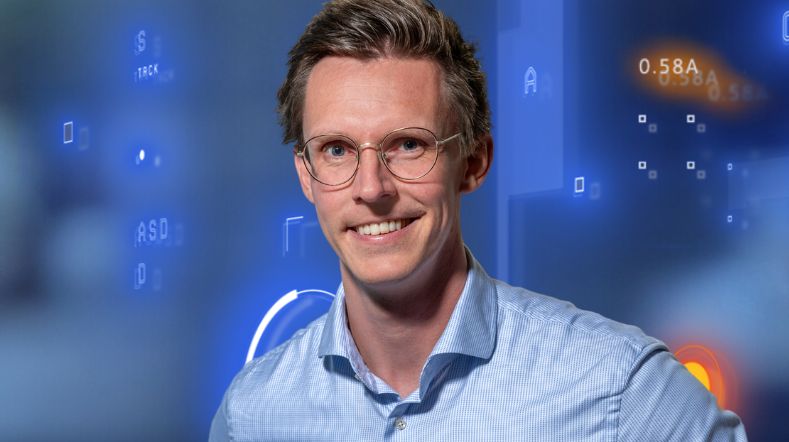

AI model for personalised healthy lifestyle advice
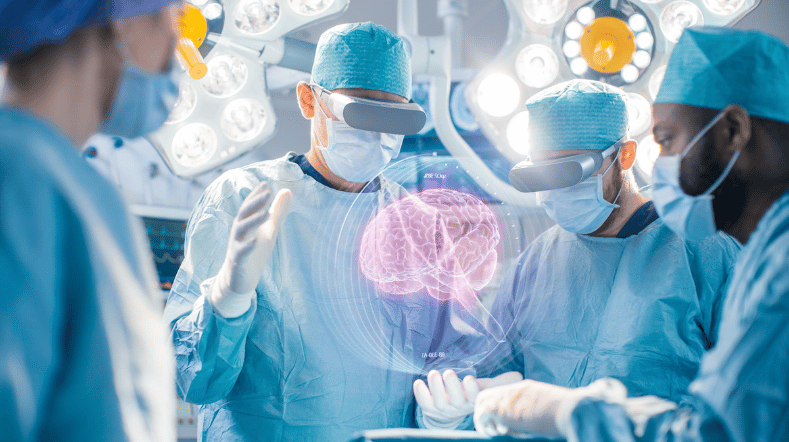

AI in training: FATE develops digital doctor's assistant


Boost for TNO facilities for sustainable mobility, bio-based construction and AI
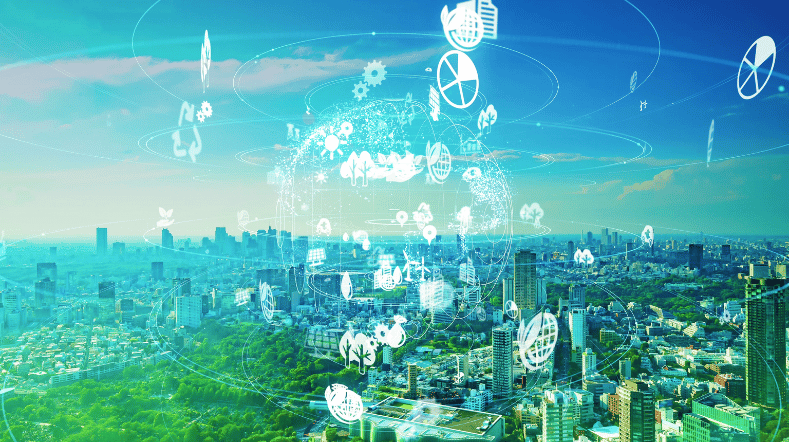

GPT-NL boosts Dutch AI autonomy, knowledge, and technology
